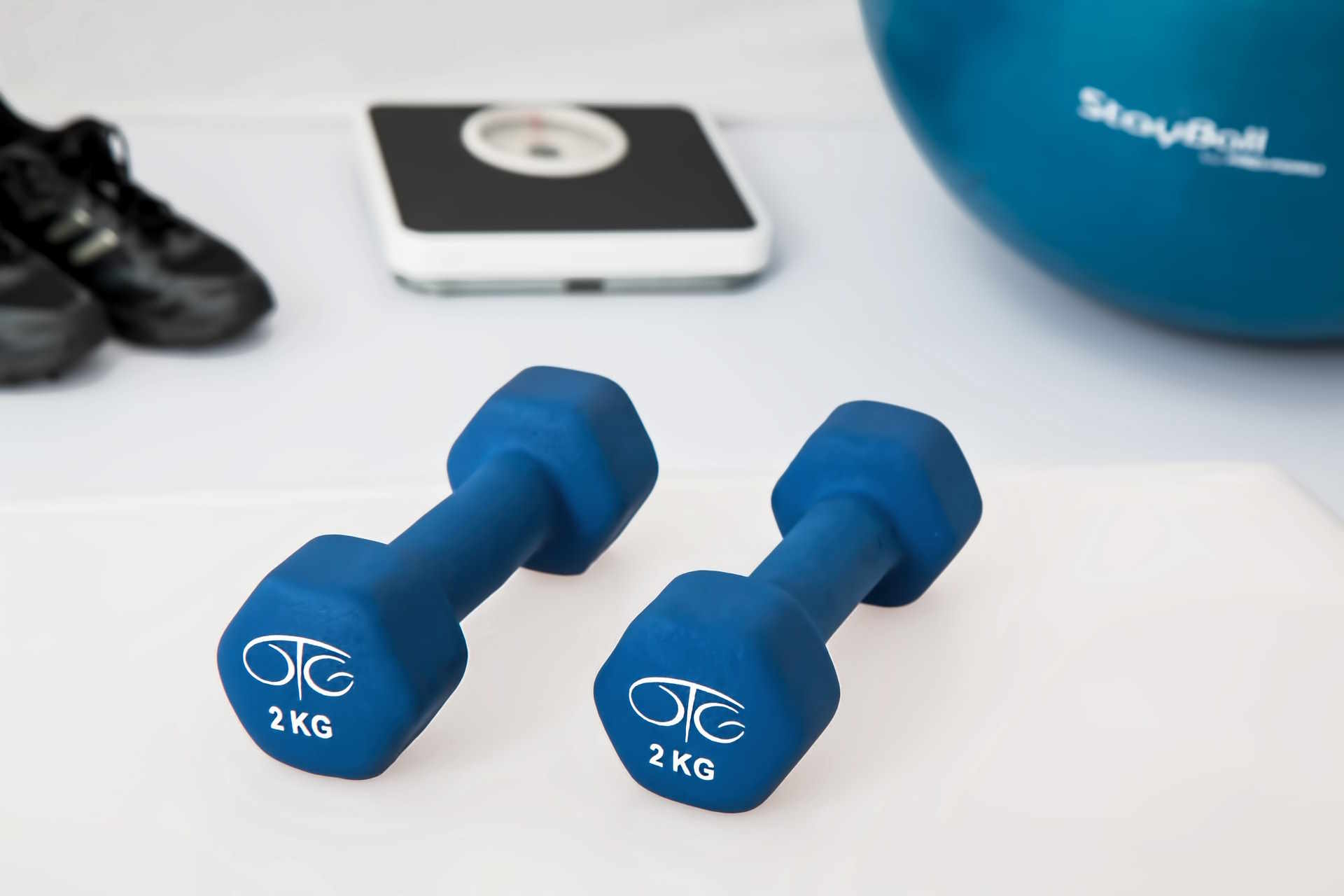Build the Ideal Home Gym: Must-Have Gear & Smart Tips
Want a convenient, cost-effective way to stay fit? Setting up a home gym lets you exercise on your schedule while saving on membership and travel costs. This guide covers essential equipment, space planning, and workout ideas to create a functional, motivating home workout space with tips to stay consistent.

Creating a home gym delivers long-term savings and privacy while making it easier to stick to a fitness routine. Although initial equipment purchases require investment, you’ll likely recoup costs over time through reduced gym fees, eliminated commutes, and fewer childcare expenses. Plus, working out at home removes the intimidation some feel in public gyms, letting you train confidently and comfortably.
Essential Equipment for a Versatile Home Gym
When assembling your setup, prioritize tools that offer a wide range of uses so you can perform strength, cardio, and mobility work without crowding your space. Consider these staples:
-
Dumbbells: Adjustable dumbbells save space and let you scale resistance, while a small rack of fixed weights provides quick access for progressive strength work.
-
Resistance bands: Lightweight and portable, bands supply variable resistance for strength moves, warm-ups, and stretching.
-
Pull-up bar: A doorway or wall-mounted pull-up bar is an inexpensive option to add vertical pulling exercises to your routine.
-
Yoga mat: A durable mat supports floor exercises, stretches, and yoga sessions and provides cushioning and traction.
-
Stability ball: Useful for core training, balance drills, and as an alternative to a bench for pressing and seated exercises.
-
Kettlebells: Great for dynamic strength and conditioning—swings, goblet squats, and carries add cardio and power elements.
-
Jump rope: An efficient, low-cost way to work on cardiovascular fitness, coordination, and agility.
Choose items that match your goals and available square footage; you can expand your collection with specialty gear as your training evolves.
How Much Space Do You Really Need?
Space needs vary by equipment and workout style, but effective home gyms can be compact. For a basic setup—dumbbells, resistance bands, and a mat—aim for roughly 20 to 30 square feet of clear floor space. That grants enough room for mobility and most bodyweight and free-weight exercises.
If you plan to include larger machines or a bench, a more generous area of 100 to 200 square feet will make movement and equipment placement more comfortable. Don’t forget to account for:
- Ceiling height: Important if you’ll use a pull-up bar or perform overhead lifts.
- Flooring: Impact-absorbing mats or rubber tiles protect surfaces and reduce noise.
- Storage: Shelving, racks, or hooks will keep equipment organized and extend usable floor space.
A tidy, well-thought-out area improves safety and makes workouts more enjoyable.
Effective Workouts You Can Do at Home
A well-rounded home gym supports a wide array of routines. Here are practical workout examples:
-
Full-body strength sessions: Combine dumbbells and resistance bands for compound moves such as squats, lunges, push-ups, bent-over rows, and shoulder presses to target major muscle groups.
-
High-Intensity Interval Training (HIIT): Alternate short bursts of intense bodyweight or weighted exercises—burpees, jumping jacks, or kettlebell swings—with brief rest periods for an efficient calorie-burning session.
-
Core-focused workouts: Use your mat and stability ball for planks, crunches, Russian twists, and stability drills to build a stronger midsection.
-
Cardio circuits: Jump rope, mountain climbers, high knees, and shadow boxing are space-efficient ways to raise heart rate and improve endurance.
-
Flexibility and mobility: Reserve time on your mat for dedicated stretching, foam rolling, or guided yoga classes to maintain range of motion and prevent injuries.
Vary exercises and rep schemes to challenge different muscles and keep progress moving forward. Many apps and online classes offer programs tailored to home equipment and small spaces.
Staying Motivated When Training at Home
Home workouts demand self-discipline, but simple strategies can help you stay consistent:
-
Set specific goals: Define measurable targets—such as increasing a lift, completing a number of weekly sessions, or hitting a cardio milestone.
-
Establish a routine: Block workout times in your calendar and treat them like nonnegotiable appointments.
-
Track progress: Use a notebook, spreadsheet, or fitness app to log workouts, weights, and improvements so you can celebrate gains.
-
Keep it fresh: Rotate workouts, try new classes, or incorporate different equipment to avoid boredom.
-
Leverage online resources: Video workouts, virtual trainers, and fitness communities provide structure and accountability.
-
Team up: Invite a friend or family member to train with you in person or join virtual sessions together for mutual motivation.
By creating a functional space and following a consistent plan, your home gym can help you reach fitness goals with convenience and privacy. Start with the essentials, plan your layout thoughtfully, vary your training, and use accountability tools to stay on track.






